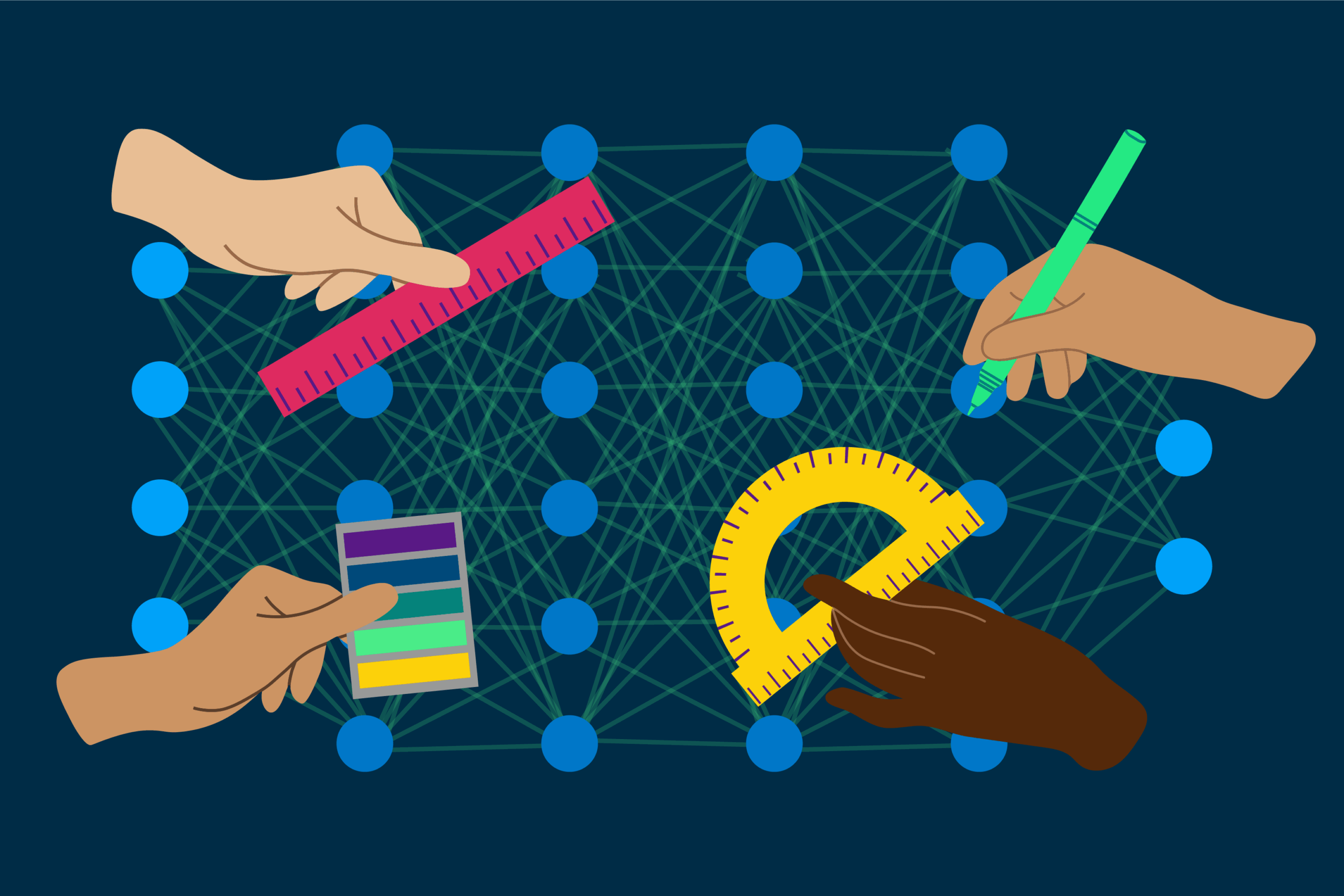The conversation about the effects of AI tends to focus on one of two time horizons: the near term and its real-world risks and opportunities – or a distant future that is alternately a utopian paradise or dystopian hellscape where autonomous artificial general intelligence overrides the intentions of its human designers.
But the history of new technologies, from the washing machine to the automobile, reveals powerful second and third order impacts on society at large.
In Summer, 2024 Aspen Digital assembled a diverse group of experts and practitioners – from technologists to historians, artists to philosophers – to imagine the mid- and longer-term implications and effects of AI. How might AI remake societies in the next 50 years? And crucially, what can we do now to shape the kind of future we’ll share together?
Second and Third Order Effects of AI explores these questions across five major themes:
- Development, Governance, and Competition
- Labor and Augmentation
- Education, Epistemology, and Trust
- Democracy, Social Cohesion, and Human Connection
- Art, Culture, and Creativity
The resulting recommendations outline how to take advantage of the promise of AI while responding to and avoiding potential harms.
Read the full report on potential effects of AI to learn what comes next.




